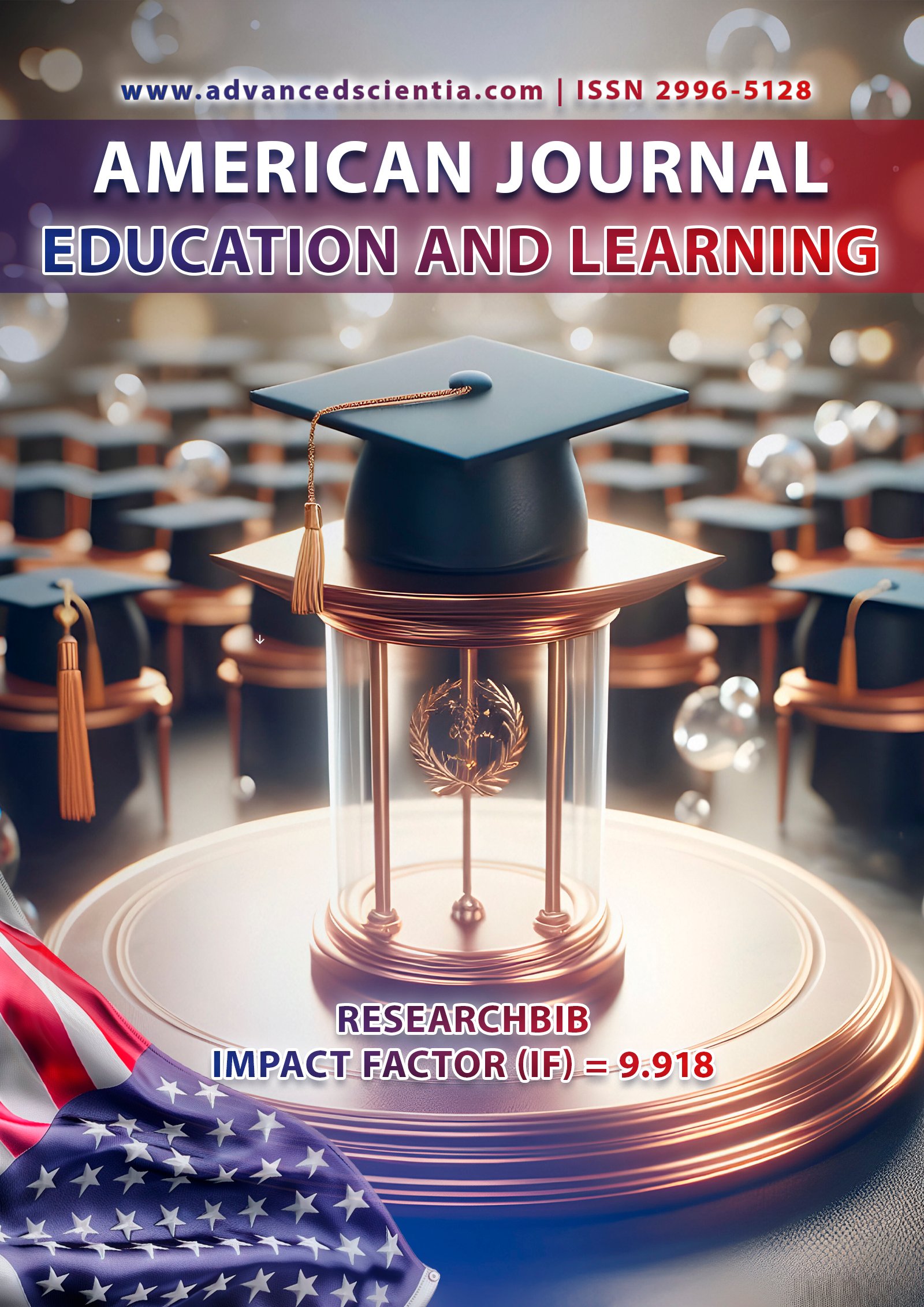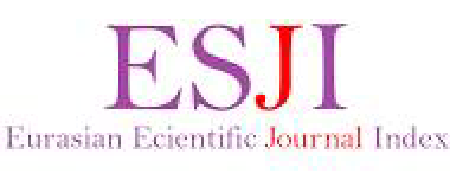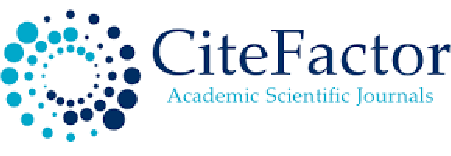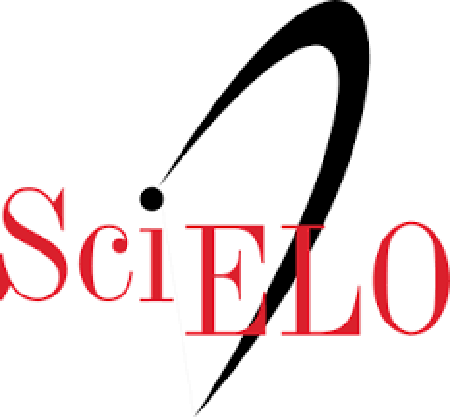ARTISTIC PRINCIPLES OF CREATING THE IMAGE OF A LEGENDARY HERO IN WORLD LITERATURE
Abstract
This article analyzes the artistic principles of creating legendary hero images in world literature. Legendary heroes are formed in the collective consciousness as symbolic representations of national identity, historical memory, and universal values. The study examines such principles as symbolism, the harmony of national and universal features, the connection between fantasy and real life, moral and ethical aspects, the combination of historical and mythological layers, the aesthetic ideal, and the transformation of the hero’s image across different epochs. Examples include Heracles in Greek mythology, King Arthur in English literature, Alpamysh among Turkic peoples, and Prometheus in European Romanticism. The research demonstrates that the image of the legendary hero not only reflects the historical and spiritual heritage of a nation but also serves as an aesthetic ideal embodying universal human values. Keywords: legendary hero, symbolism, nationality, universality, myth, comparative analysisReferences
1. Aristotle. Poetics. Tashkent: G‘afur G‘ulom Publishing, 1991.
2. Campbell, J. (1949). The Hero with a Thousand Faces. Princeton: Princeton University Press.
3.Frazer, J. G. (1922). The Golden Bough. London: Macmillan.
4. Eliade, M. (1963). Myth and Reality. New York: Harper & Row.
5. Tennyson, A. (1996). Idylls of the King. London: Penguin Classics.
6. Joyce, J. (1990). Ulysses. London: Vintage Classics.
7. Atwood, M. (2005). The Penelopiad. Edinburgh: Canongate Books.
8.Alpomish (Uzbek folk epic). Tashkent: Fan, 1989.
9.Fitrat, A. (1926). O‘zbek adabiyoti namunalari [Samples of Uzbek Literature]. Tashkent: Ma’rifat.
10. Qosimov, B. (2005). O‘zbek adabiyoti tarixi [History of Uzbek Literature]. Tashkent: O‘zbekiston Milliy Ensiklopediyasi.
11.Abrams, M. H. (2012). A Glossary of Literary Terms. Boston: Wadsworth.
12. Lotman, Yu. M. (1992). Semiosfera. Moscow: Iskusstvo.






















